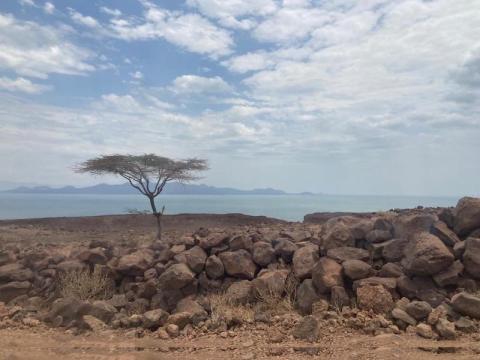Tulane researchers uncover why breaking up is hard for some continents
Tulane University researchers, collaborating with an international team of scientists, have discovered why some parts of the Earth’s crust remain strong while others give way, overturning long-held assumptions about how continents break apart.
Published in Nature, the study examines a section of the East African Rift, one of the few places on Earth where the process of continental breakup can still be observed today. Tulane researchers focused on the Turkana Depression between Kenya and Ethiopia to understand why certain regions resist deformation or breaking up.
Working with colleagues from the University of Montana, Imperial College London, Addis Ababa University in Ethiopia, and the University of Nairobi and Dedan Kimathi University in Kenya, the team found that an area of the African tectonic plate that had once been stretched and thinned was now resisting deformation — the opposite of what scientists expected.
"Our modeling systematically eliminated the possible factors controlling where plate rifting initiates."
Cynthia Ebinger, School of Science and Engineering
The results show that a heating event 80 million years ago had dehydrated the plate, removing water and carbon dioxide from deep layers and leaving behind a stronger, more rigid plate.

